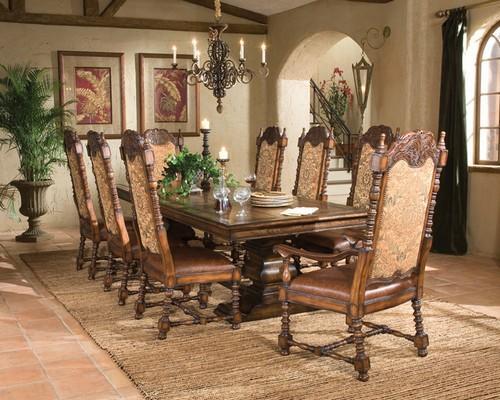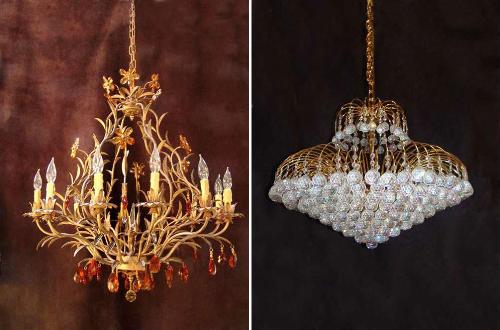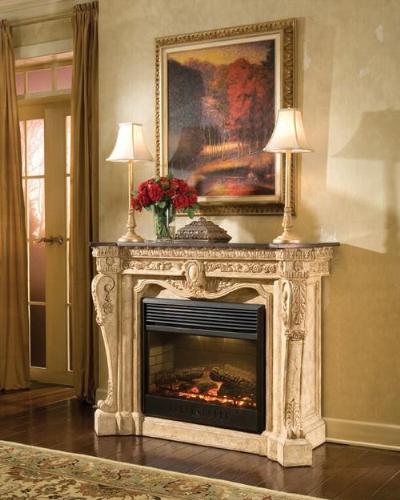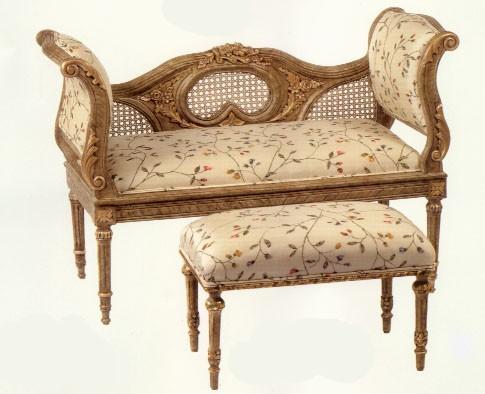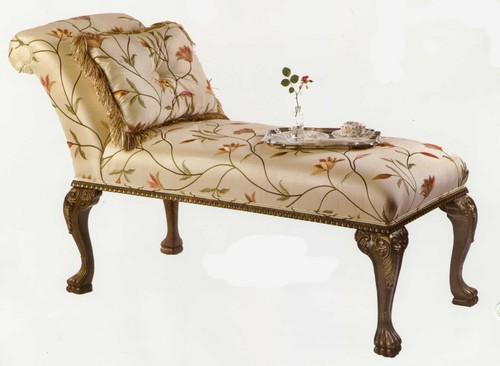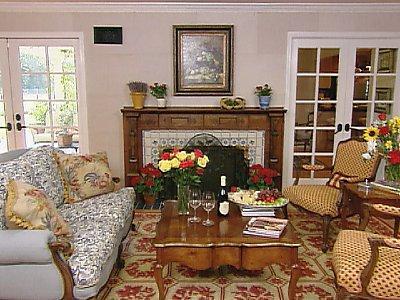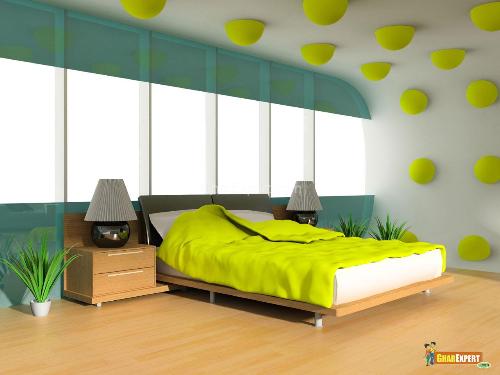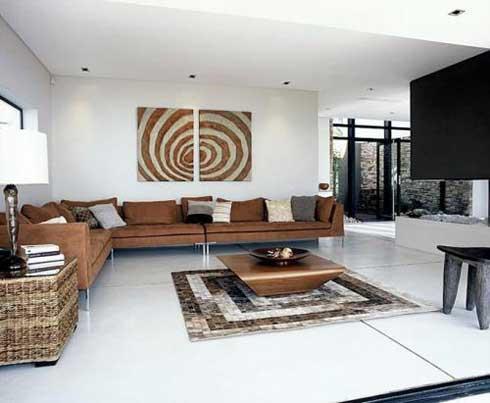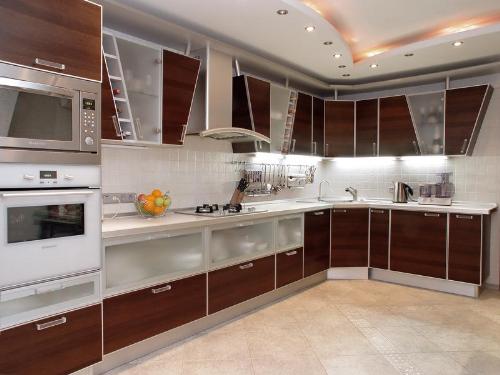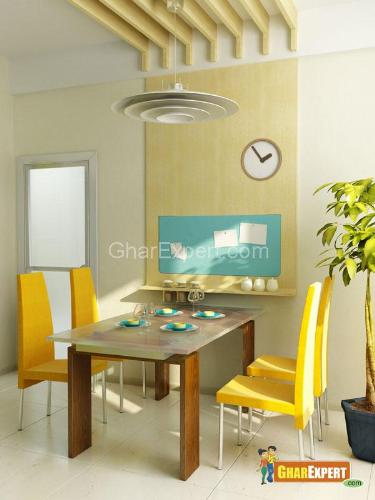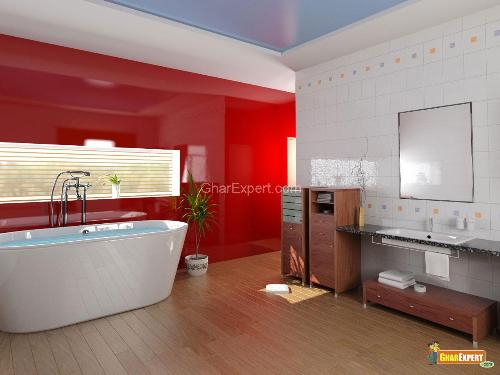 Viva la Mexico! Nothing inspires a fun and exciting whirlwind of thoughts quite like a trip to another country, especially one that is adjacent to your own and known for its exciting use of color, tradition-filled people and use of inexpensive and plentiful materials to make beautiful but affordable artwork and supplies.
Viva la Mexico! Nothing inspires a fun and exciting whirlwind of thoughts quite like a trip to another country, especially one that is adjacent to your own and known for its exciting use of color, tradition-filled people and use of inexpensive and plentiful materials to make beautiful but affordable artwork and supplies.
Mexican culture was also heavily influenced by both its natural Indian ancestry and Spanish influences which creates a great range of indigenous styles.Having this long and exciting history to draw upon allows Mexican artists to use Aztec, Spanish, Villa or Serf motifs and styles that are all drastically different and yet all typically Mexican.And best of all no matter how exotic you get it won’t break the bank since exchange rates and low cost of production insures reasonable prices for Mexican goods.
Typical items that help set a Mexican theme include blankets, pottery, hand-made wicker and thatch items, kiva ladders, ponchos Mexican-themed artwork but due to the rich nature of Mexico’s past more exotic Aztec and pyramid-themed items can also be used.
As for wall colors and textures one almost has to decide which of the various aspects of Mexican culture they wish to represent as ranges from stone and plaster up to classic Spanish style villa finishes all can be used with or without paint depending on the look desired.
The most common look associated with Mexican décor however is the stucco and wood beam look that is also popularized in many southwest décor themes and usually uses pale shades of white and yellow or reddish tints with unfinished woods.
Other more interesting variations may use lighter shades of orange, red, yellow and even blue with salmon being a particularly popular choice due to the wide range of accents that can be brought to bear against it.Trim is normally white or bare / bleached woods and use of niches and stone accent works over windows and in walls is common in higher end variations of the theme.
Another common element in Mexican-themed designs is the use of inexpensive hand-crafted “Mexican tiles” which typically use bright colors and simple patterns to invoke a relaxing and fun atmosphere with a few imperfections and variations that lend a touch of humanity over the more sterile picture-perfect tiles that are stamped out of machines these days by the millions.
In fact a key attribute of Mexican design is the imperfections that hand crafted elements bring – whether it is the blanket being used as a throw or table cover, subtle changes in colors and printing on tiles or variations in the painted stucco walls or furnishings Mexican décor has at its foundation a relaxing lack of adherence to rules.
In kitchens black wrought-iron and hand-hammered copper pots with Mexican tiles and bright colorful paint help set the tone that this is a fun room designed for the whole family.White trim and use of unexpected items like horse blankets or ponchos as window treatments can help add spice while lighting fixtures should provide bright airy feelings without being too high-tech or ostentatious.
Using low-powered DC track lighting is one approach, or more traditional Spanish-influence chandeliers may fit in better with your design theme.Sinks are best fitted with nickel or unpolished brass fixtures that are of high quality but simple design, and can either be porcelain or stainless but not detract too much from the overall theme.
 Living areas can be quite eclectic with a Mexican décor – using items such as an oxcart of chicken coop as an end or coffee table for instance lends a touch of whimsy and country style as well as creates a focal point.
Living areas can be quite eclectic with a Mexican décor – using items such as an oxcart of chicken coop as an end or coffee table for instance lends a touch of whimsy and country style as well as creates a focal point.
Old rusted metal signs and folk-art pieces scattered about amidst leather-bound books and pieces of wall art ensure there is plenty to capture one’s interest while simple wooden or stained concrete floors with hand-woven rugs set a western theme and ensure your guests know this is a room to be lived in and not a showplace in which they will fear to tread.
Many higher-end Mexican homes feature a breakfast nook which they call a ‘Antecomedor’ which is typically a small room next to the kitchen where informal meals or snacks are eaten or where overflow from a busy kitchen might be placed during busy periods.Different from formal dining areas it is normally set up as a cozy and charming room, often with access to the outdoors via a porch or swing-open ‘french’ style doors.
Due to these rooms occurring in higher-end homes only a more fancy decorating style is typically used in Antecomedors, beginning with vivid yellows and crèmes or salmon’s.Higher-end wrought iron table and chairs with padded upholstery seats and elegant crystal ware is not out of place here, so long as the overall feeling of the room supports it.
Colorful themed prints with rustic wood frames or palm and rope with large plants or bowls of fresh fruits and avocados can help finish out such a room and may create such a fun place to eat that more formal dining areas will fall into disuse!
Mexican ‘hacienda’ style follows the more high-end Spanish villas rich culture which often features flowing fountains, plastered brick walls and open-air porches with heavy wooden beams providing shade from the noon-day sun.This style is often embellished to break away plaster from the bricks and give an ‘old world’ quality that is almost Moorish and more subdued then typical Mexican styles with more muted color choices and higher-end fixtures and furnishings.
The hacienda style is especially suited to bedrooms where the rich pampered feeling of oversized beds and overstuffed pillows with large arches and light and airy architecture can make for a refreshing space to sleep and recuperate.
 Bathrooms (baños) are also an excellent room in which to use Mexican décor – with the popularity of using furniture as washstands in bathrooms now reaching an all-time high it is often easy to forget that this tend comes from the traditional hacienda and Spanish influence where wash basins in bedrooms were the bathrooms.
Bathrooms (baños) are also an excellent room in which to use Mexican décor – with the popularity of using furniture as washstands in bathrooms now reaching an all-time high it is often easy to forget that this tend comes from the traditional hacienda and Spanish influence where wash basins in bedrooms were the bathrooms.
And of course one must not forget the Aztec and Mayan themes that can be used in bathrooms, bedrooms and living spaces.With its rich jungle palettes and heavy reliance on stone, weapons and antiquities to help set a theme of almost Grecian splendor in a somewhat barbaric setting where human sacrifice and slavery resided hand-in-hand with some of the greatest mathematicians of the old-world these variants can be well suited to clients and people with a more mystical bent.
No matter which of the many variants of Mexican culture you choose to employ, or mix thereof a Mexican themed décor is sure to provide both comfort and relaxing spaces at a cost that should be well within most people’s budgets.
Mexican home decorating is an excellent option for people who enjoy a lively interior. Its colors and patterns are cheerful, arty and steeped in tradition. Many people appreciate the fact that Mexican furniture and accessories use natural materials and have handmade flourishes. You can use accessories to give the home and garden a bit of Mexican flair, or find whole sets of furniture for the living room, bedroom and kitchen that have been handcrafted in Mexico in traditional styles.
Features
The classic feature of Mexican interior decorating is its palette. Earth tones such as adobe, rust and clay provide a unifying backdrop against brighter Caribbean-style shades of sunshine yellow, deep indigo and sunset tones of crimson and orange. Bright patterns are also typical, especially on window treatments and tablecloths. The furniture tends to be of rustic style, made of solid wood and attached with metal hardware. Ceramic
Benefits
 Among the benefits of Mexican home decor is that it blends well with other styles. With its natural materials and solid construction, it is family-friendly. Knickknacks, family mementos and art collections look wonderful against the backdrop of niches, shelves and shrines. Those who like do-it-yourself projects can sponge-paint a fireplace mantle or construct an altar to stay consistent with Mexican style. The furniture and accessories are affordable, accessible and available online and at import stores.
Among the benefits of Mexican home decor is that it blends well with other styles. With its natural materials and solid construction, it is family-friendly. Knickknacks, family mementos and art collections look wonderful against the backdrop of niches, shelves and shrines. Those who like do-it-yourself projects can sponge-paint a fireplace mantle or construct an altar to stay consistent with Mexican style. The furniture and accessories are affordable, accessible and available online and at import stores.
Effects
The popularity of Mexican home decor has resulted in some pieces gaining in value and popularity. For example, talavera tile pieces, made in Puebla, have set the standard for hand-painted pottery. Major pieces by artisan workshops, such as large vases and serving platters, cost hundreds of dollars. Zapotec rugs, made in Oaxaca, are also in demand. The best examples are from the village of Teotitlan de Valle and feature all-natural dyes. Other trendy decorating elements are painted ceramic masks from Guerrero, woven paintings by the Huichol Indians and black pottery from the southern Mexican village of San Bartolo de Coyotepec.
Considerations
To decorate based on Mexican style, you should not fear color. The style is not for those who prefer pastels or sleek white minimalism. Not only are the colors and patterns bright, but you are expected to juxtapose one against another. If it seems like too big of a leap, palette-wise, you can add key elements, such as bright throw rugs, painted end tables or embroidered textiles. Throw pillows, big wooden frames, blue glass vases, margarita pitchers and carved wood chairs are other easy additions.
Expert Insight
Kathy Cano-Murillo never met a glue gun she didn't like. She is the author of several books on Mexican-inspired crafts, such as "La Casa Loca: Latino Style Comes Home, 45 Funky Craft Projects for Decorating & Entertaining" and "Crafty Chica's Art de la Soul: Glittery Ideas to Liven Up Your Life." These books are jammed with colorful photographs and step-by-step instructions for incorporating Mexican and Chicano pop culture and folk art into decorative elements. She also maintains a website (see Resources below) with inspirations and projects.



 Homes decorated in the Tuscan decorating style are inspired by the elements of nature. Crumbling stone walls, intricate wrought iron accessories, sun-washed hillsides, rustic stone farmhouses, marble flooring and sturdy hardwood furniture are just some of the wonderful elements of this decorating style.
Homes decorated in the Tuscan decorating style are inspired by the elements of nature. Crumbling stone walls, intricate wrought iron accessories, sun-washed hillsides, rustic stone farmhouses, marble flooring and sturdy hardwood furniture are just some of the wonderful elements of this decorating style. 



